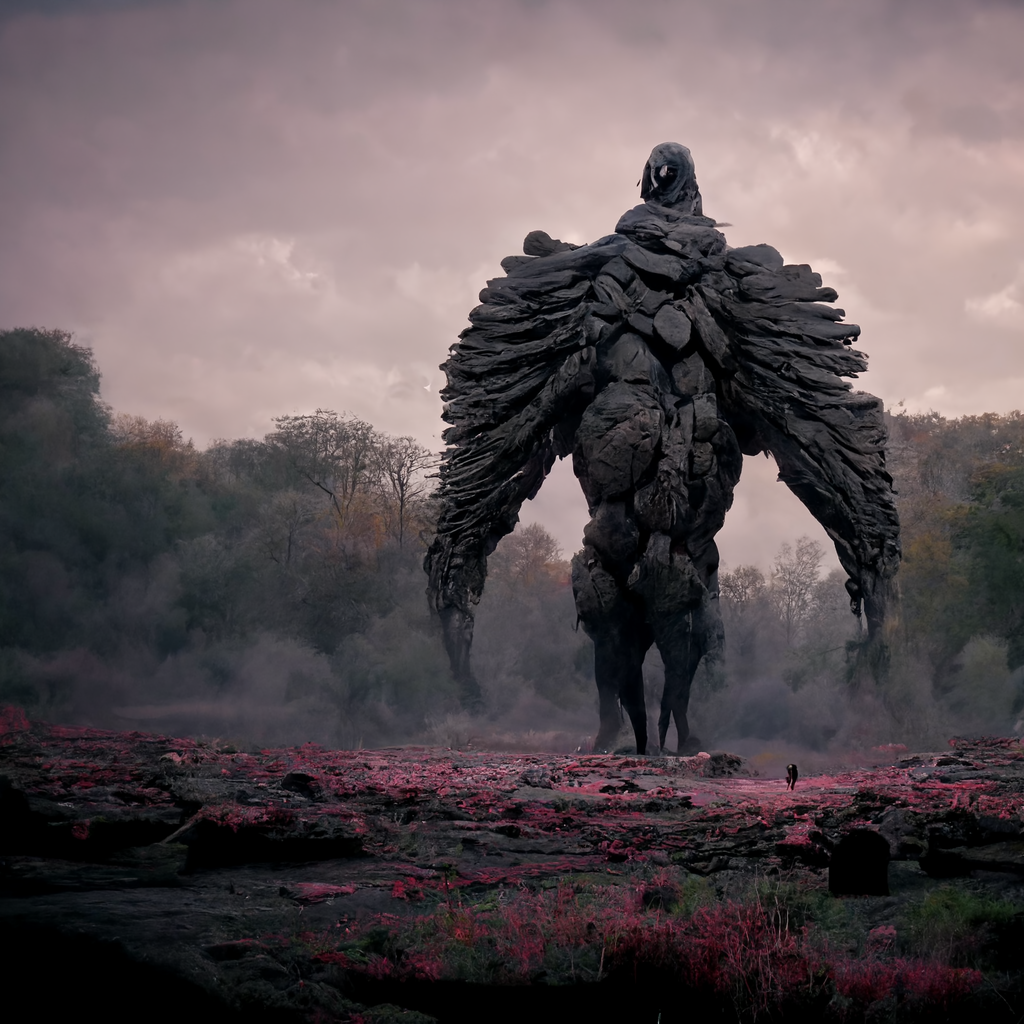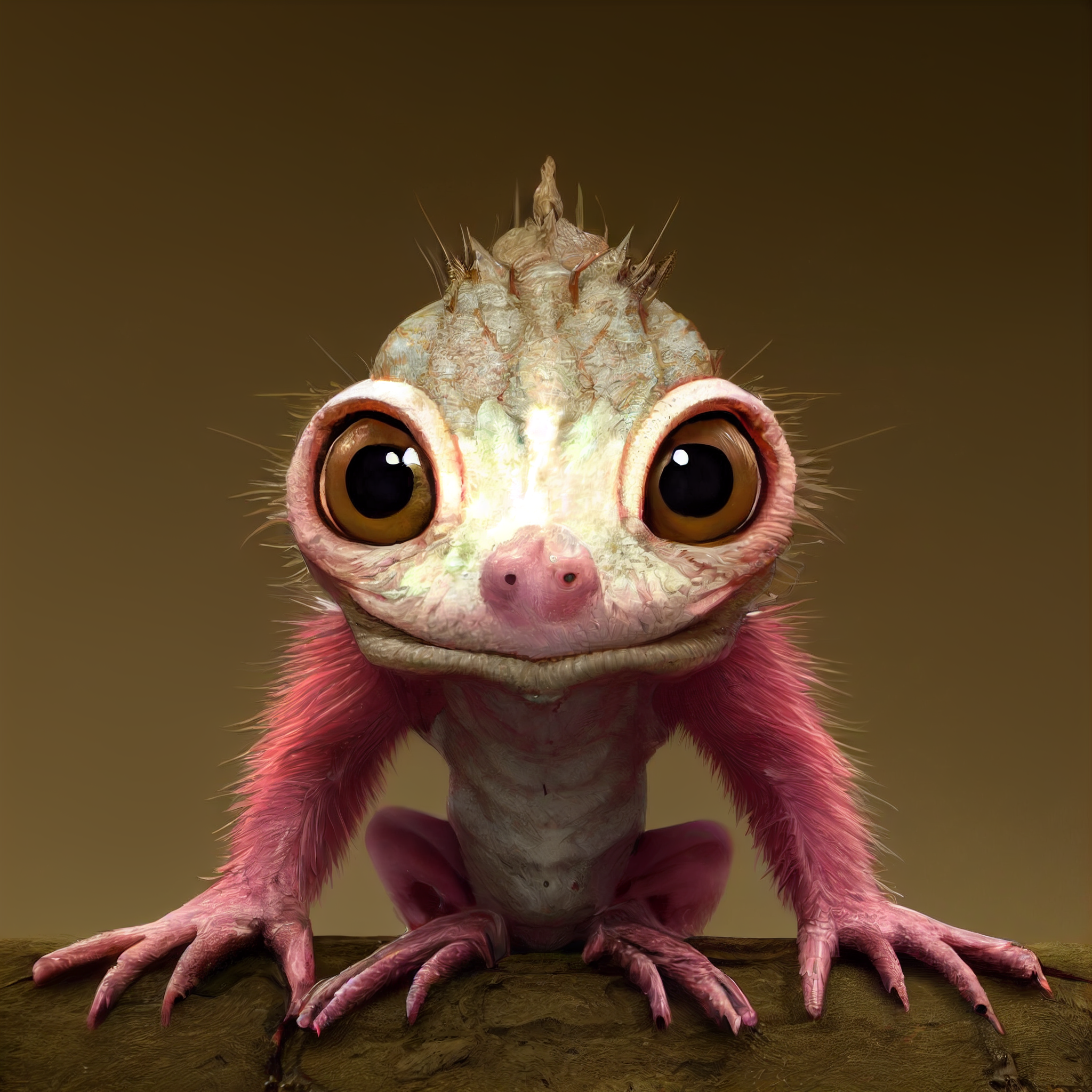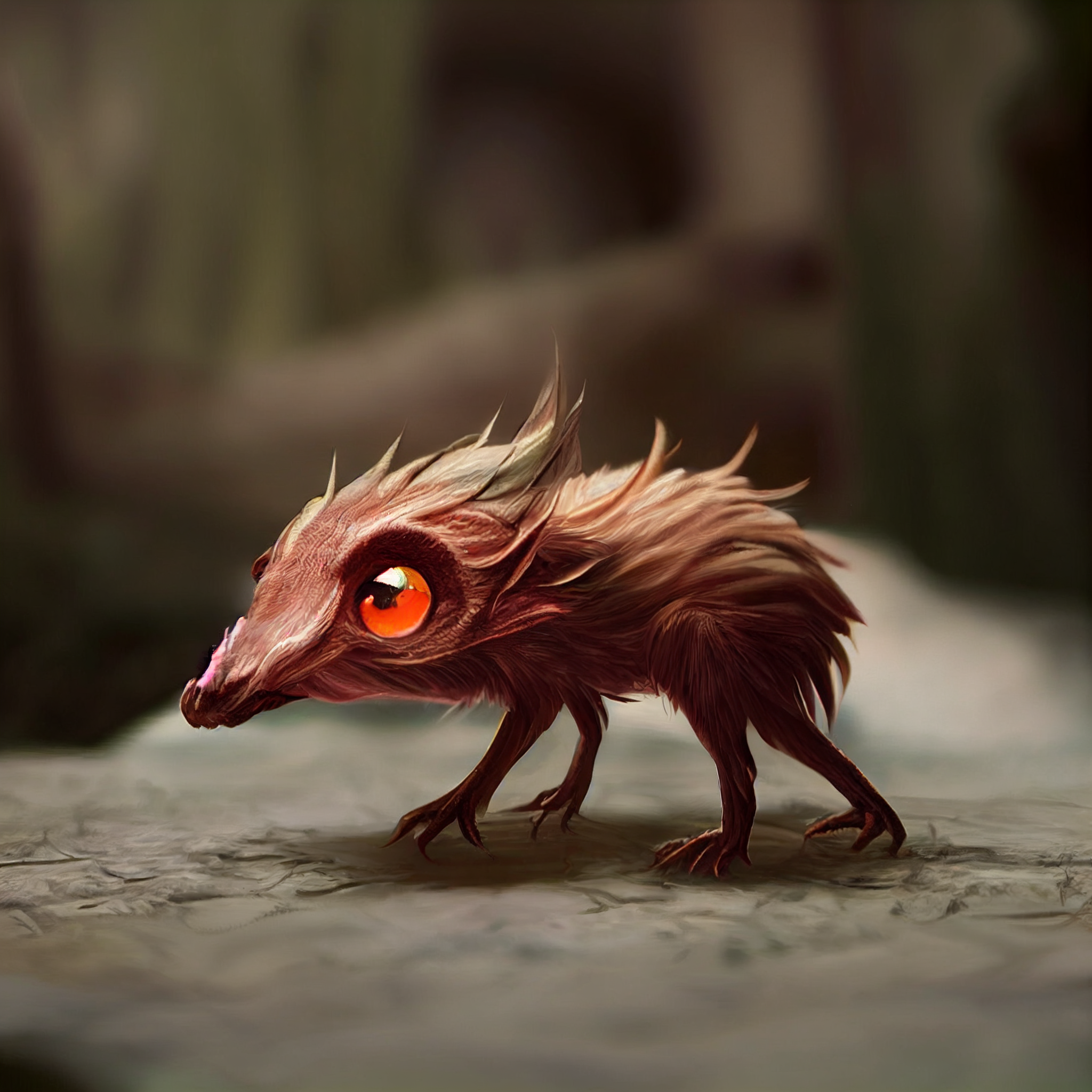
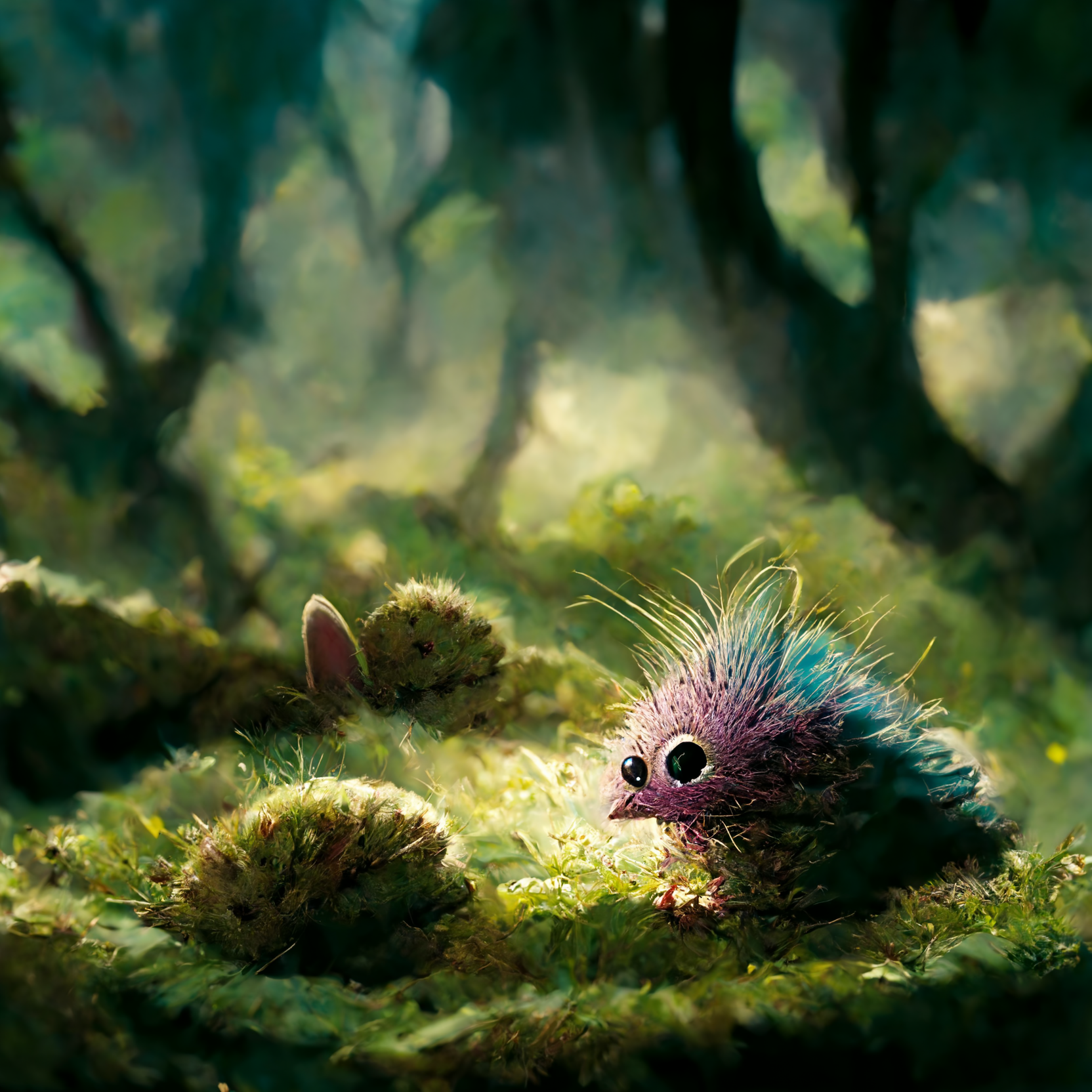
Flignogs are small, furred creatures that can usually be found in trees, grasslands, and caves. They often band together in small tribes, and are known to "bray" at each other to communicate. They are omnivores and spend much time hunting small animals and gathering fruit. They have also grown to enjoy the "brayberries" of the braytree, which flignogs often collect and bury in secret troves for later.
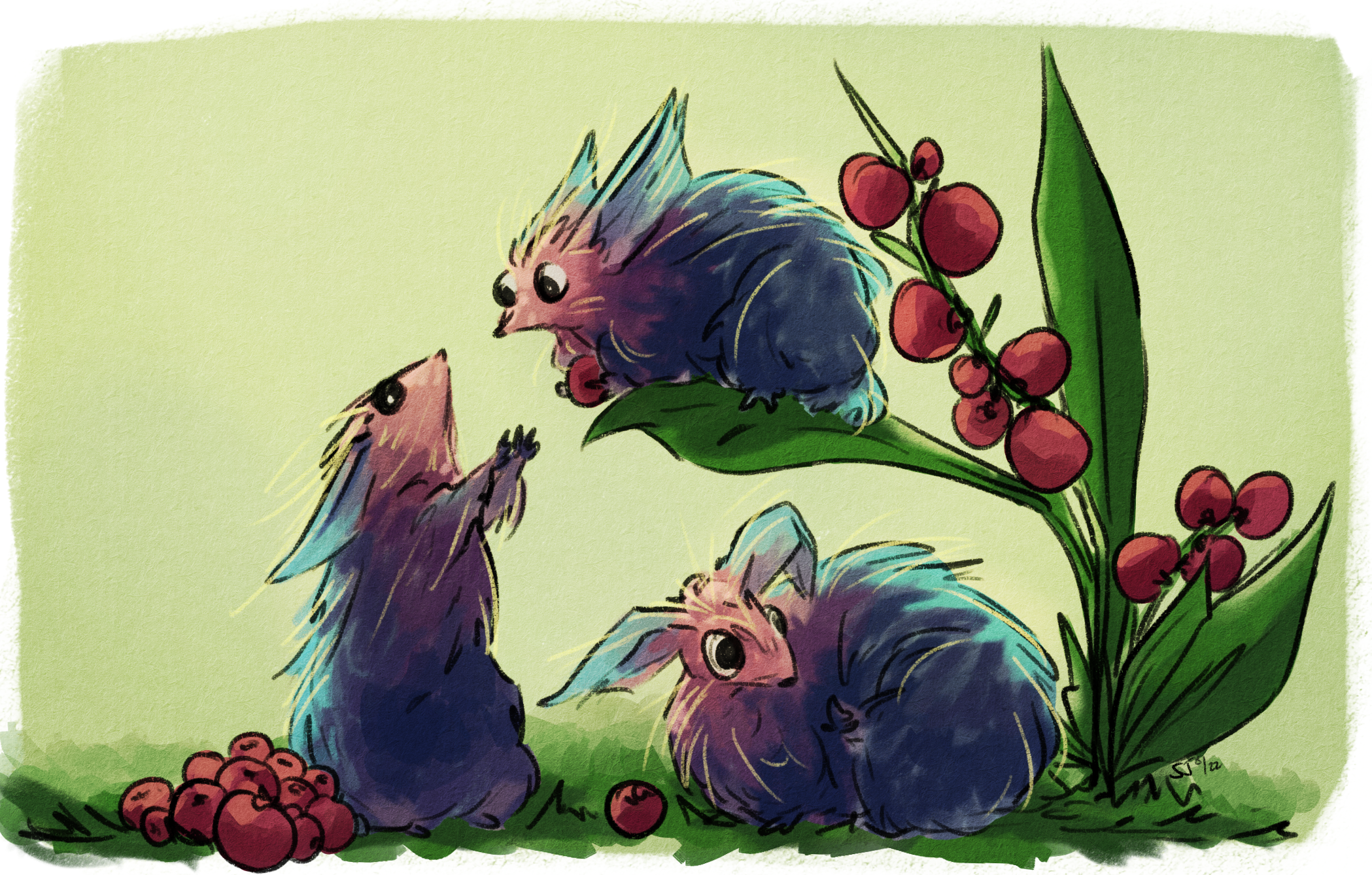
Explore an endless universe of ficticious life on NovelGens.



